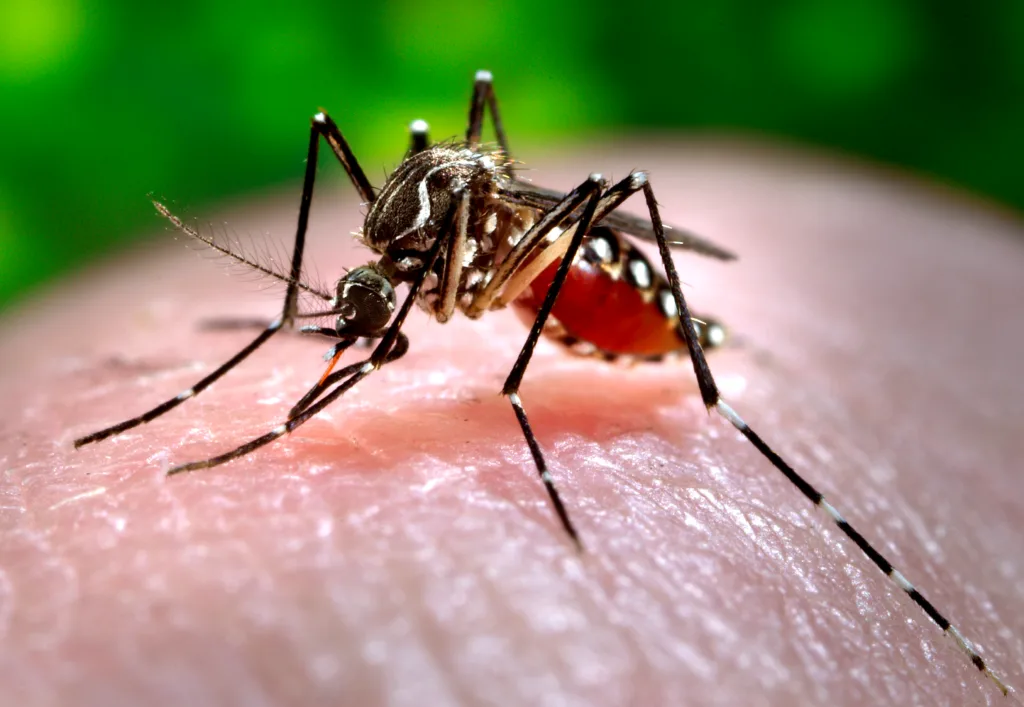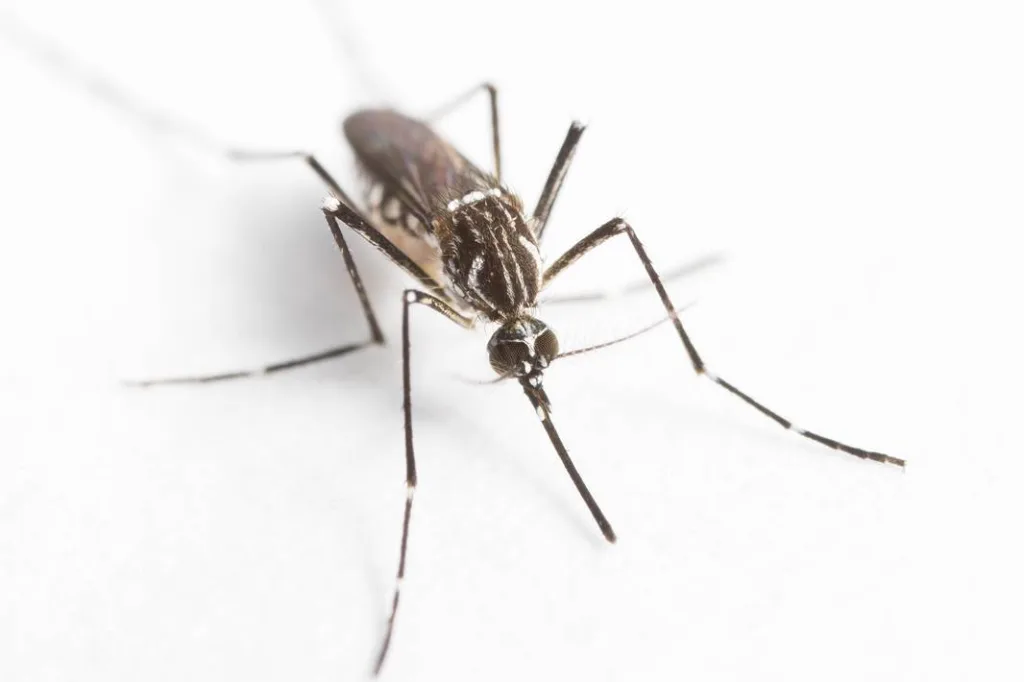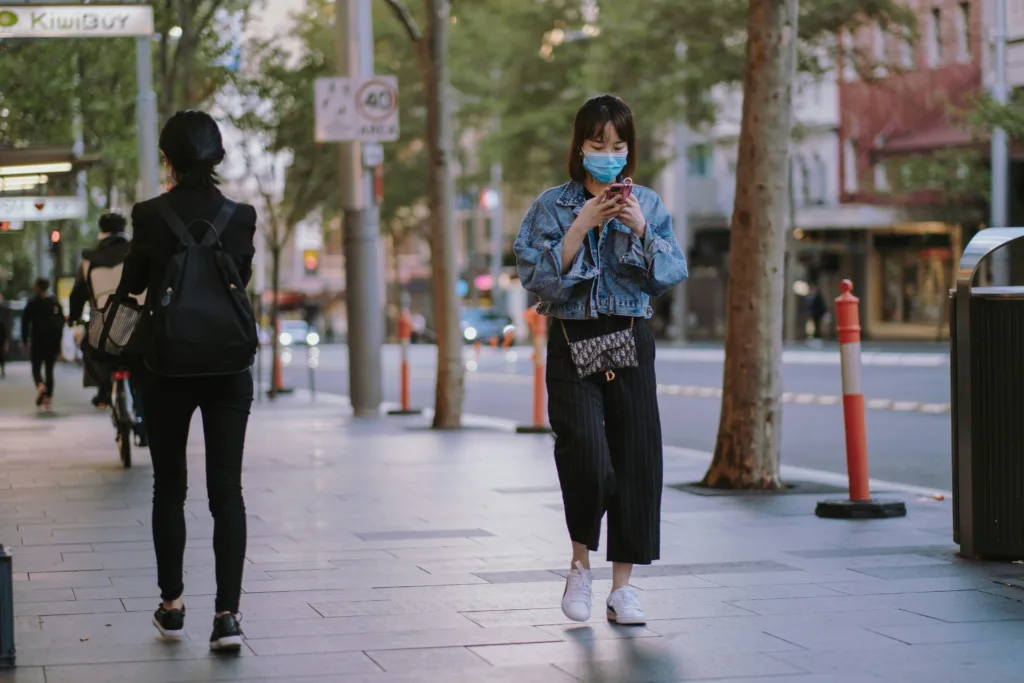Video: Infectious disease control, elimination and eradication: what’s the difference?
Eradicating an infectious disease is a lofty goal and not possible for every disease. Controlling or eliminating a disease can be the targets countries aim for.
 Dr Laila Khawar from the Kirby Institute at UNSW explains the difference between disease control, elimination and eradication. : Sam Hendricks and Michael Joiner, 360info CC BY 4.0
Dr Laila Khawar from the Kirby Institute at UNSW explains the difference between disease control, elimination and eradication. : Sam Hendricks and Michael Joiner, 360info CC BY 4.0
Eradicating an infectious disease is a lofty goal and not possible for every disease. Controlling or eliminating a disease can be the targets countries aim for.
Dr Laila Khawar from the Kirby Institute at UNSW explains the difference between disease control, elimination and eradication.
Transcript
“Infectious disease control is all about managing the spread of an infection. It’s like taming a wildfire rather than extinguishing it. When we talk about elimination, that goes a step beyond control. And by definition, it means bringing the number down, the locally acquired number of cases down to zero in a defined geographical location or even at a country level.
“Eradication is the pinnacle of disease control. It means zero cases globally. So every single country needs to locally eliminate the infection for eradication to happen. Eradication is difficult. It requires a lot of public health investment and resources. But more so, it’s important to understand that not every infection is practicable. There are certain critical elements that need to be met before it happens.
“And it is so difficult that we have just been able to eradicate one infectious disease so far, which was smallpox in 1980, and that was over 40 years ago. So the World Health Organization is the central body that develops and defines disease elimination, disease control and eradication targets. Sometimes these targets are called advanced control, where the target approaches zero but doesn’t actually reach zero.
“If you take the example of tuberculosis, the target, the control target is to bring the number of new cases down to ten in 100,000 population. Now, it’s a very aspirational goal for countries that have a high burden of disease, such as India, which in 2021 was at 200 new cases per 100,000 population. So from 200 going all the way down to ten, it is a bit challenging, but far lower in countries like New Zealand and Australia.
“The target is to bring the cases down to less than one case in a million population, which is equivalent to 0.1 case in 100,000 population. So close to zero but still not zero. And these goals are often termed as elimination as a public health problem, elimination of a disease as a public health problem. But it’s important to reinforce that it’s still an advanced level of control and not elimination.”
Originally published under Creative Commons by 360info™.














